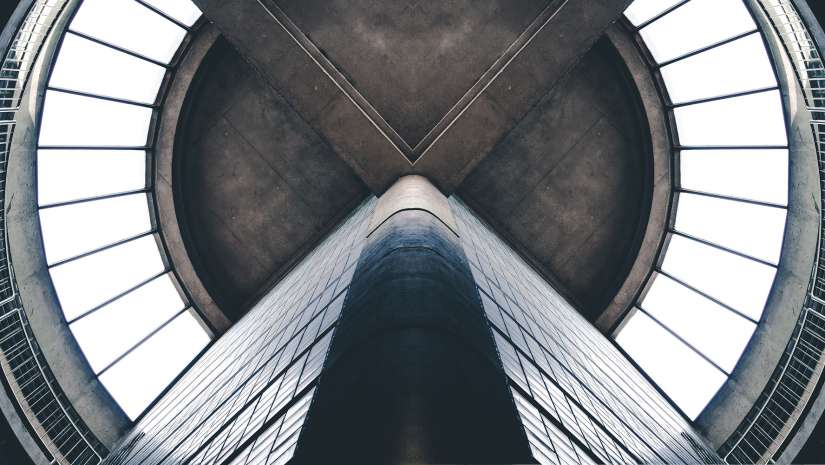My Photography Class
Exposure
In photography, exposure is the amount of light per unit area (the image plane illuminance times the exposure time) reaching a photographic film or electronic image sensor, as determined by shutter speed, lens aperture and scene luminance. Exposure is measured in lux seconds, and can be computed from exposure value (EV) and scene luminance in a specified region
Aperture
In optics, an aperture is a hole or an opening through which light travels. More specifically, the aperture and focal length of an optical system determine the cone angle of a bundle of rays that come to a focus in the image plane.
An optical system typically has many openings or structures that limit the ray bundles (ray bundles are also known as pencils of light). These structures may be the edge of a lens or mirror, or a ring or other fixture that holds an optical element in place, or may be a special element such as a diaphragm placed in the optical path to limit the light admitted by the system. In general, these structures are called stops, and the aperture stop is the stop that primarily determines the ray cone angle and brightness at the image point
Balance
An optical system typically has many openings or structures that limit the ray bundles (ray bundles are also known as pencils of light). These structures may be the edge of a lens or mirror, or a ring or other fixture that holds an optical element in place, or may be a special element such as a diaphragm placed in the optical path to limit the light admitted by the system. In general, these structures are called stops, and the aperture stop is the stop that primarily determines the ray cone angle and brightness at the image point
Shutter Speed
Shutter speed is the length of time your camera shutter is open, exposing light onto the camera sensor. Essentially, it’s how long your camera spends taking a photo. This has a few important effects in how your images will appear.
When you use a long shutter speed, you end up exposing your sensor for a significant period of time. The first big effect of shutter speed is motion blur. If your shutter speed is long, moving subjects in your photo will appear blurred along the direction of motion. This effect is used quite often in advertisements of cars and motorbikes, where a sense of speed and motion is communicated to the viewer by intentionally blurring the moving wheels.
Slow shutter speeds are also used to photograph the Milky Way or other objects at night, or in dim environments with a tripod. Landscape photographers may intentionally use long shutter speeds to create a sense of motion on rivers and waterfalls, while keeping everything else completely sharp
Composition
Composition is all about the balance of the elements in your photography. This is also includes colors tones and textures.
5 compositional principles that great for beginners:
1. Rules of Third -Put an interesting things/ unique at the intersection of the lines
1. Rules of Third -Put an interesting things/ unique at the intersection of the lines
2. Rules of odd-Apply odd number in picture such as 3 cupcakes for a pleasent look
3. Lines-Keep the horizontal lines level and the vertical lines straight.
4. Color and Textures-Color and textures are a great way to demonstrate good composition.
5. Negative Space - This is an abstract concept which describes the space around your subject, otherwise known as ‘white space’ that draws your eye to it. Basically like ‘sky’ or a blurred background that provides the main emphasis on the subject.
Rule of Thirds
One of the most popular ways to compose your photographs is to use the “Rule of Thirds”. The Rule of Thirds is a type of off-center composition where important elements of a photograph are placed along a 3×3 grid, which equally divides the image into nine parts.This type of composition is a basic way to give structure to photographs and make them more appealing. With the rule of thirds, photographers envision four lines across their photographs, which also creates four intersecting points. The important elements within a frame should be placed at the intersection points of these lines or, when photographing subjects like a tree or horizon, which are comprised of straight lines, the rule of thirds suggests placing them along one of the four lines instead.
Depth of Field
Depth of field is the distance between the closest and farthest objects in a photo that appears acceptably sharp.
Balance
Balance in photography is observed when an image has subject areas that look balanced throughout the composition. It is achieved by shifting the frame and juxtaposing subjects within it so objects, tones, and colors are of equal visual weight. An image is balanced when subject areas command a viewer’s attention equally.









Comments
Post a Comment